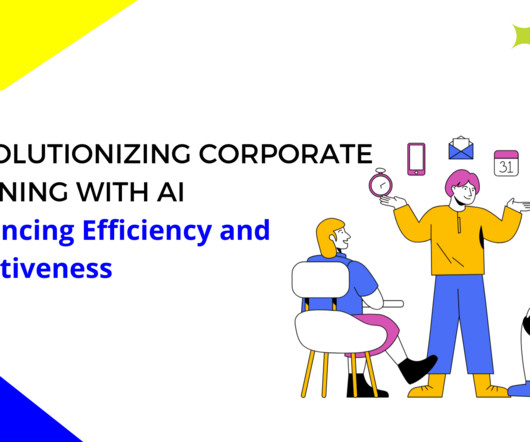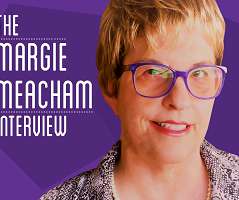Hiring for a Learning Culture
The Performance Improvement Blog
APRIL 24, 2015
One of the keys to creating and sustaining a learning culture is hiring people who are continuous learners and who help others learn continuously. You want people who recognize the learning needs of others and can figure out ways to support their growth as part of the day-to-day work of the organization.




































Let's personalize your content